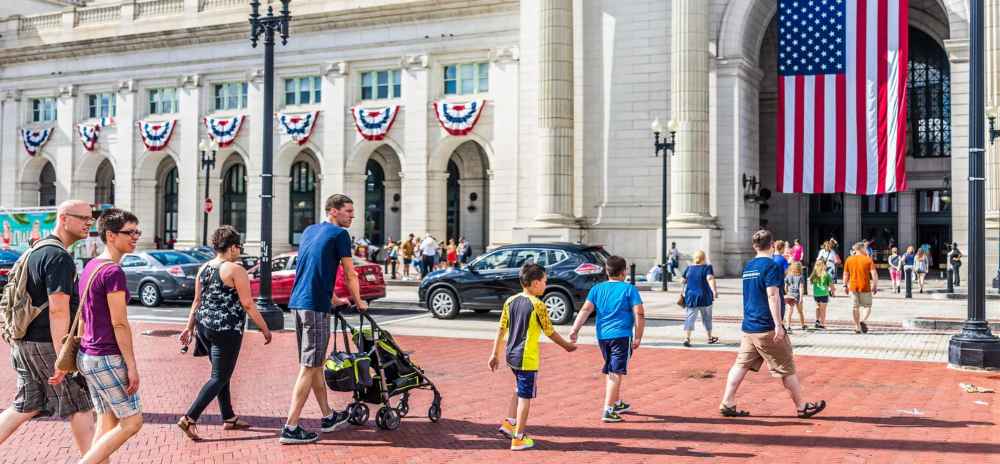This week, the U.S. Department of Transportation’s (DOT) Federal Railroad Administration (FRA) unveiled a revised concept plan for redeveloping Washington D.C.’s historic Union Station first completed over one hundred years ago in 1908. If implemented successfully, this multi-billion-dollar expansion of our nation’s capital city’s multimodal transit hub would mark its first significant infrastructure improvement initiative since the 1990s.
FRA was responsible for overseeing this project as the lead federal agency and late Friday afternoon issued a nearly 300-page Supplemental Draft Environmental Impact Statement (SDEIS), outlining its effects and further moving the required federal environmental studies and reviews towards completion.
WUSEP would represent an enormous undertaking that may take decades to finish; construction costs alone have been estimated at $8.8 billion without even considering assessment, approval and design stages which are expected to span many years.
At its heart, this modernization project would significantly revamp what is currently the second-busiest intercity rail hub by 2040. Enhancements may include 30-foot passenger platforms and new train hall as well as improved concourses lined with retail stores and eateries and an integrated bus terminal, among others. Meanwhile, preservation would ensure the station’s historic main hall – designated an historic landmark in 1964 – remains unchanged during transformation.
Union Station Expansion Project (USEP), first unveiled three years ago and put on hold due to pandemic concerns, was widely criticized as too car-centric in its initial draft due to featuring an expansive multi-level parking garage. Now under revision as alternative F, less real estate is dedicated to parking and instead features features an underground pick-up and drop off area and more integrated bus, bike and pedestrian access points.
Washington Union Station serves an estimated 37 million riders yearly in the Washington Metro Area and connects various forms of public transit, such as Amtrak intercity trains; Maryland Area Regional Commuter (MARC) and Virginia Railway Express (VRE) rail lines; Washington Metropolitan Area Transit Authority’s Metrorail system; local/intercity bus services, DC Streetcar network as well as for-hire vehicle options like taxis/rideshare options.
DC Metro Area and railroad officials hope this investment plan will allow them to modernize what has become an indispensable gateway into Washington D.C. while increasing passenger capacities on the busy Northeast Corridor corridor. According to The Washington Post’s coverage, this latest proposal represents Northeast Corridor region’s strongest candidate for receiving infrastructure development funding via President Biden’s signature law from 2021.
Last week, 15 Congresspersons, representing all National Capital Region delegation members and including Eleanor Holmes Norton from D-DC along with her co-signees sent a letter urging President Biden’s Administration for quick funding and approval of an expedited schedule for expansion plans of National Capital Station. Eleanor Holmes Norton highlighted how this expansion plan will more than double current capacity at National Capital Station.
Union Station serves as a transportation gateway into Washington D.C. and regularly welcomes more daily passengers than Reagan National or Dulles airports,” Congresswoman Nortonsaid. Furthermore, she explained, Union Station connects East Coast rail lines from north and south and must remain functional at all costs; henceforth we must urge the Biden administration to fund and expedite this project immediately.”
According to FRA’s published fact sheet, Washington Union Station Expansion Project stands to bring many advantages:
Amtrak projects long-term ridership growth through 2040 of 95 percent; MARC 150 percent and VRE 250 percent whilst Intercity Buses see 50% expansion in ridership growth over this timeframe.
Enhance multimodal access and capacity through improved train operations, easier boarding and American Disabilities Act (ADA) accessibility; provide extra space for passenger circulation and improved experience, emergency egress; as well as increase multi-modal capacity and availability.

Leave a Reply